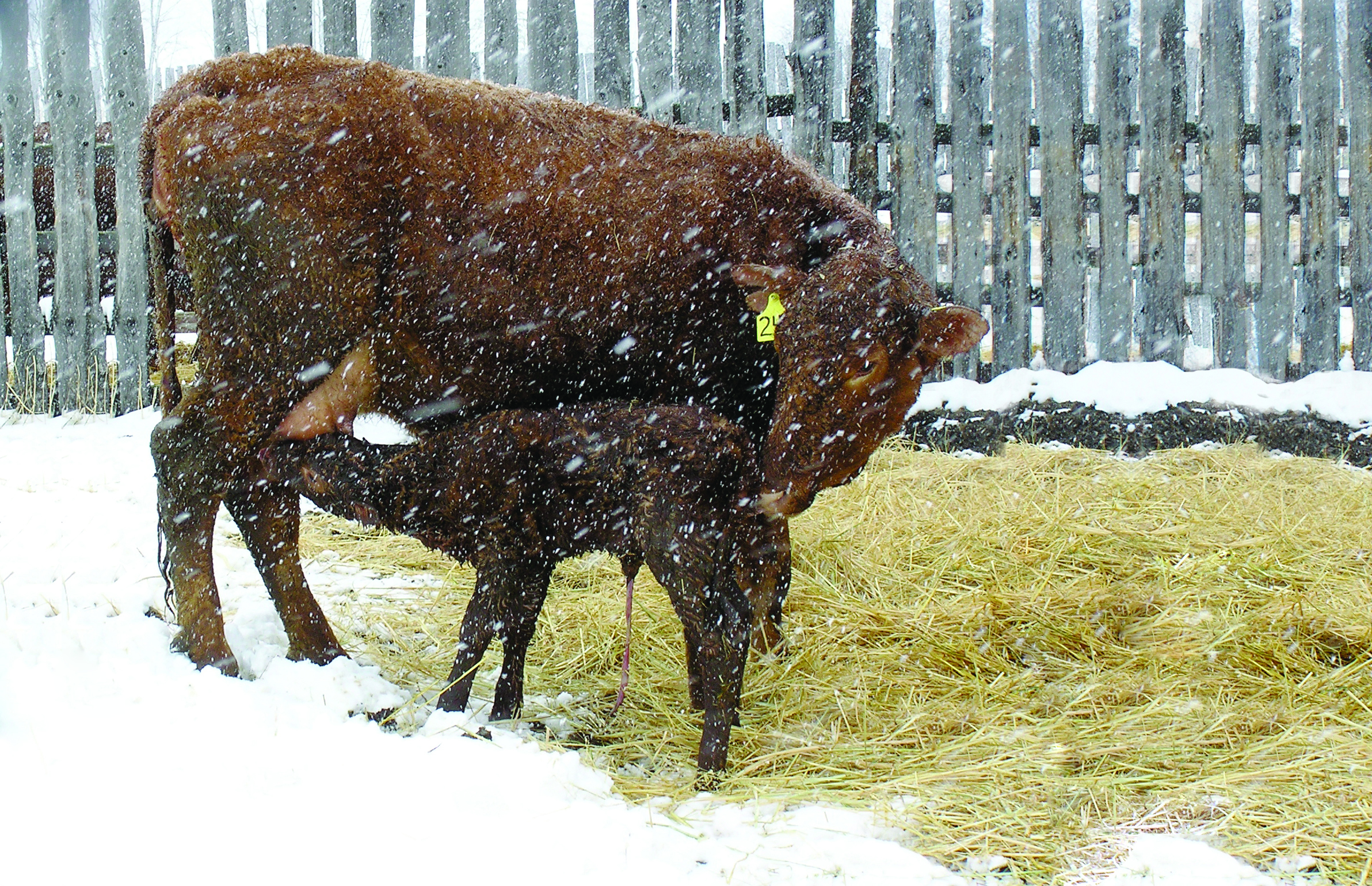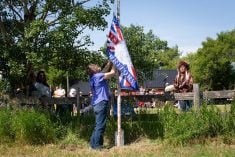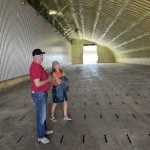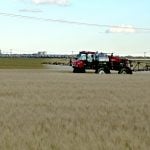The busiest and most important time for producers is just around the corner. A successful calving season is an important kickoff for the year. Without a live, healthy calf at foot, the production year for a brood cow unravels. As with most things, planning ahead makes calving season go better and as calving season goes, so does annual herd productivity and profit. Looking back, healthy calves beside every cow symbolize sound decisions around breeding, nutrition, and health management. Looking forward, calving season is a time to evaluate the cow herd and set it up for success through the next breeding season.
Read Also
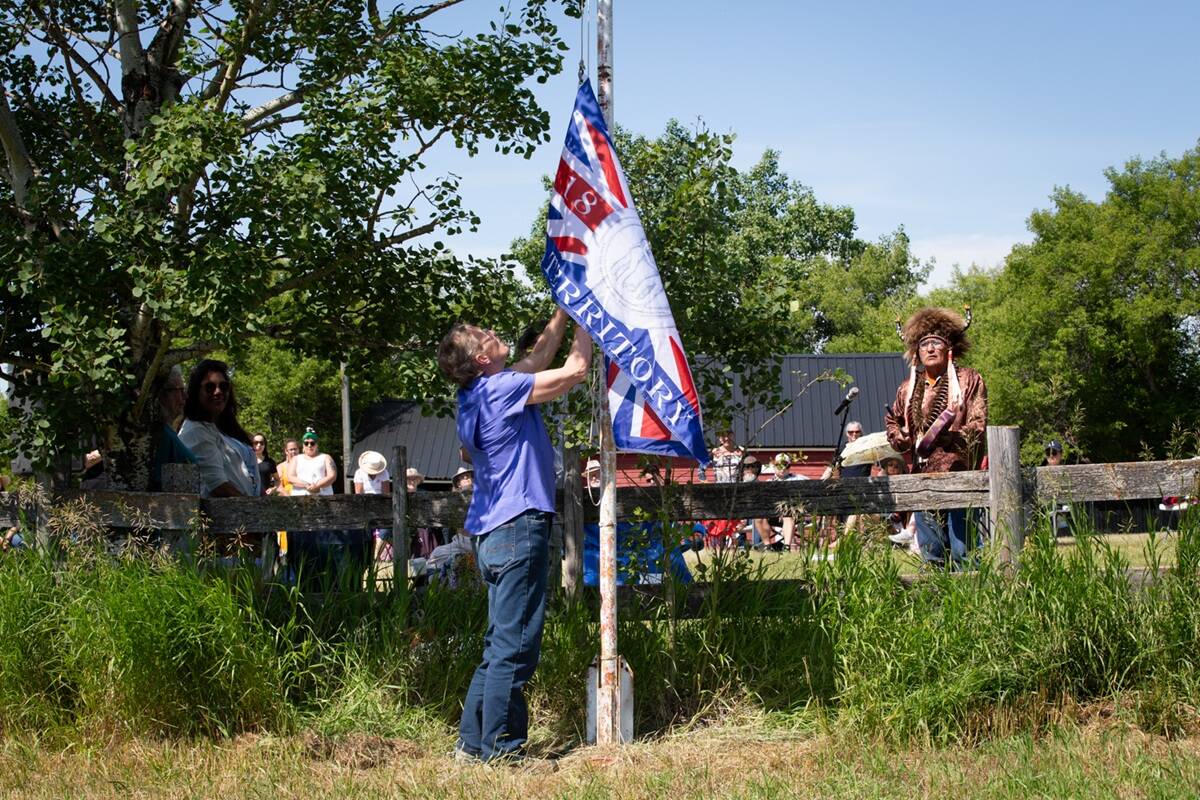
Treaty Land Sharing Network expands reach in Saskatchewan and Alberta
The Treaty Land Sharing Network, which connects land holders with First Nations and Metis people, has expanded since it began in 2018
Careful observation and keeping good notes through calving season captures information that is otherwise lost when memory is blunted by workload and lack of sleep. Have a notebook in your pocket and use it. Entries about calving difficulty, cow temperament, health issues, ideas for next year become reminders for improvement. Excessive birth weights and calving difficulties should be negligible if homework from one year to the next is completed. Notes will help assess whether or not assistance with calving cases was appropriate and if intervention was applied in a timely manner and handled using the right tools.
It’s important for cows to maintain a body condition score (BCS) between 2.5 and 3.0 during the final trimester of pregnancy. Beginning now, body condition scores can be used to objectively judge nutritional status of the herd. Protein and energy intake can be adjusted as necessary. Good body condition promotes easier calving and higher-quality colostrum. To obtain optimum post-calving fertility, mature cows should calve with a body condition score of 2.5 to 3.0 and maintain it through the breeding season. Flushing, the practice of increasing energy levels for a couple of weeks before breeding season, will not enhance post-calving reproduction in thin cows (BCS 1.5 or less), but will improve the quantity of milk as cows start lactating. Research shows a five to 25 per cent reduction in adjusted 205-day weaning weight of calves from dams with body condition scores less than 2.0 at calving, or from nursing cows that lose condition after calving.
First-calf heifers should have a BCS of 3.0 to 3.5 before calving. Nutritional requirements for heifers need to take into consideration: continued growth, lactation and preparation for rebreeding. After calving, heifers won’t add body condition so it is important they are in optimum condition at the time of calving.
The third trimester is time for producers to review vaccination protocols with their veterinarian. The timing of vaccination and choice of vaccines is critical.
Have a plan to manage cows onto and off of calving grounds. Calves from heifers face a greater risk of getting sick because heifers produce smaller amounts of lower-quality colostrum. As well, heifers have poorer mothering skills and are more likely to experience calving difficulty. Deal with these problems at the start of the calving season when things are the cleanest and the least harried.
Consider calving grounds as a controlled environment by limiting exposure to disease-causing organisms. Besides reducing the pathogen load, overcrowding, cold and dampness definitely affect the ability of calves to resist disease. Simple things like keeping the udders of nursing cows clean and the calf’s environment dry and comfortable are important first steps in controlling scours.
The risk of developing disease is a function of challenge (dose of pathogens) and length of exposure. Crowded conditions increase the risk of disease on both counts and why the risk of getting scours and respiratory infections increases as calving season progresses.
The most important source of infectious organisms for calves is the adult cow. Most of the important pathogens for calves are normal inhabitants of the adult gut and the number of harmful bacteria, viruses and protozoa shed into the environment by cows increases exponentially during the calving season. Sick calves become additional multipliers to the countless billions of infectious organisms that blanket the calving environment. The multiplier effect means calves born later in the calving season are at greater risk for disease, or death.
In consideration of the growing risk as calving season progresses, the Nebraska Sand Hills Calving System offers a basic, yet important management option.
In summary, the Sand Hills system effectively neutralizes extended contact between calves and bugs by: 1) segregating calves by age to prevent direct and indirect transmission of pathogens from older to younger calves, and 2) scheduled movement of pregnant cows to clean calving areas to minimize environmental contamination and contact time between calves and the larger portion of the cow herd. The primary objective is to mimic starting conditions of the calving season each week by having new calves dropped in uncontaminated areas, free of older, infected calves.
Start clean; stay clean. Preventing scours is a matter of controlling pathogen numbers and maintaining resistance at a level higher than the risk of infection. It’s a delicate balance. Temperature and moisture play a role. Mud and snow favour the buildup of pathogens. Cold can be a stressor that impairs the ability of calves to resist disease. Biosecurity in a sewer isn’t achievable.
Many cow-calf operations have a nurse area for newborn calves, a place to dry them off, administer colostrum and maybe apply tags as needed. These same areas become a source of infection if they double as hospital pens for treating sick calves or cows. Producers should also try to avoid places like auction markets while cows are calving at the ranch.
Be prepared to administer first aid as needed. Ensure first aid kits are readily available. Kits need to include a calf jack, obstetric chains, latex gloves, obstetrical sleeves, disinfectant soaps, esophageal feeders, clean syringes and needles. Access to appropriate antimicrobials, electrolytes and good lighting is important. Posted biosecurity protocols help inform staff and visitors about managing sick animals.
Colostrum control is a critical function through calving season. A calf needs to consume at least five per cent of its body weight in colostrum (i.e. a minimum of two litres for a 45-kg calf) within a few hours of birth. Calves that have failed to nurse within three hours should be given colostrum by esophageal feeder. A variety of commercial colostrum supplements can be purchased at veterinary clinics, farm supply stores and feed dealers when colostrum supplies are low.
Do the dishes. Supplemental colostrum and electrolytes given to scouring calves will be much more effective if clean bottles, nipples and tubes are used. After each use, wash utensils using hot water (at least 50 C or 120 F) and bleach, or other sanitizing agents recommended by your veterinarian. Dry them properly.
By the time calving season rolls around there should be few surprises about last year’s breeding program. The start and end of calving season should match the start and end of a controlled breeding season. If the calving period stretches beyond two to three heat cycles, if there is an unexpected number of open cows, or the distribution of calves born is erratic bulls should be checked and common reproductive diseases like those caused by Campylobacter and Tritrichomonas ruled out.
Knowing what to expect helps. Traumatic injuries in calves are common. Crowded conditions increase the risk of calves being stepped on or crushed. Physical hazards like protruding nails, broken posts, loose wire, standing water and exposed electrical wires create danger zones for young calves. Barns are a common storage site for partially used containers of toxic pesticides or carelessly discarded batteries, a frequent source of lead poisoning for the inquisitive calf. Calving grounds should be examined for potential hazards every year.
Gut infections, joint infections, intestinal accidents (including abomasal ulcers and rectal prolapse), navel infection, respiratory diseases (pneumonia, necrotic laryngitis, aspiration pneumonia), neurologic conditions (brain infections, selenium deficiency, trauma) and sudden death round out the syndromes that represent over 90 per cent of conditions observed in young calves.
Calves should be evaluated frequently during the first several hours after being born. Lack of vigour and unresponsiveness are cardinal signs of problems.
Minimizing the risk of infectious disease in the young calf is still the biggest challenge for most cow-calf producers, while non-infectious problems cause most of the losses in the first two to three days. Things like dystocia, hypothermia (low body temperature) and hypoglycemia (low blood sugar) increase the risk of calf death from infectious disease four- to eightfold. Acquired infections after birth are primarily a numbers game. Even the strongest calf can succumb to infections in a crowded, dirty calving environment. The inventory of “bad bugs” steadily increases during the span of a calving season unless care is taken to create space and clean ground.


